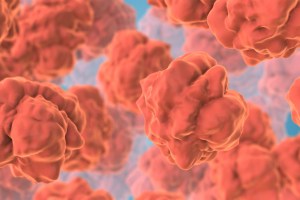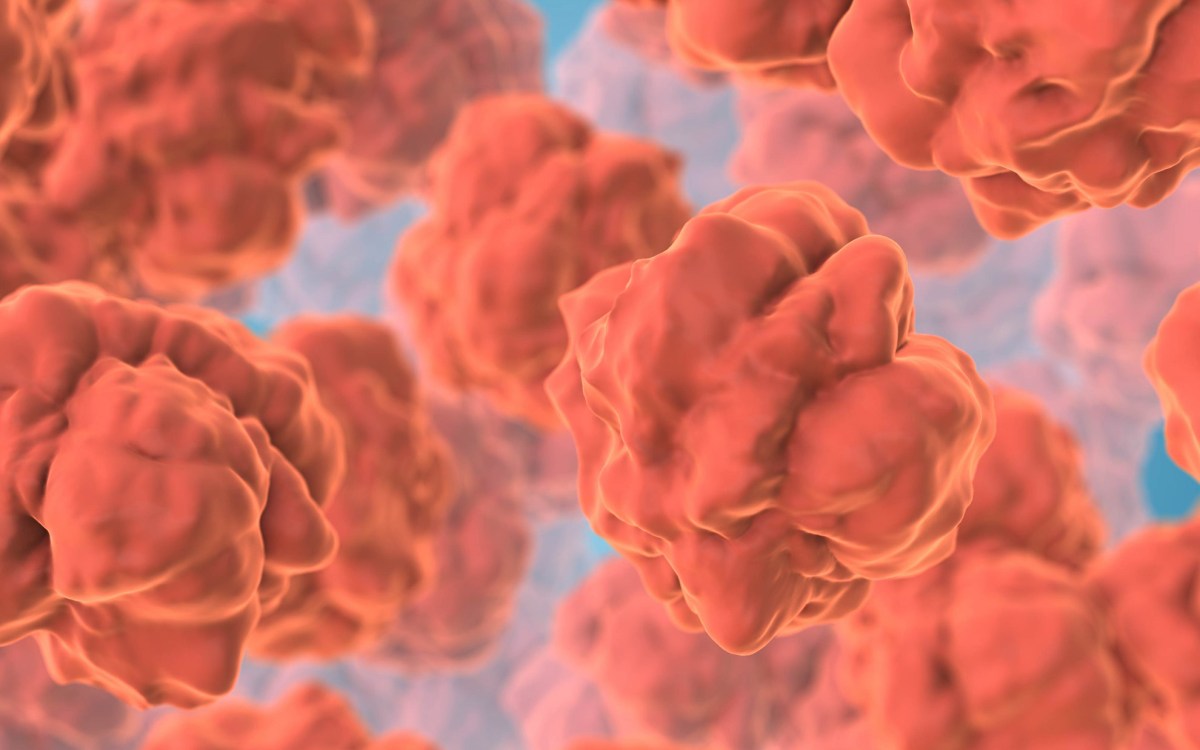
Jon Chase/Harvard Staff Photographer
Understanding the deadly deathcap
Researcher guides work into killer mushroom often confused with edible ones
It is thought to have been responsible for the deaths of emperors. In parts of California’s forests, it is everywhere.
It is the deathcap mushroom, Amanita phalloides, so filled with toxins that a single cap can kill anyone who mistakenly eats it and does not get medical treatment. Because it looks like an edible mushroom, the deathcap is among those most involved in human poisoning, such as one that occurred in Newton, Mass., last fall. Through history, it has been a convenient tool for those interested in regime change, playing a key role in the Europe-spanning War of Austrian Succession in the 1700s, which started when Holy Roman Emperor Charles VI died after eating a plate of mushrooms, thought to be deathcaps.
Though much is known about the deathcap’s toxicity — it kills by fostering liver failure — much less is understood about its general biology and its role in the environment. Anne Pringle, associate professor of organismic and evolutionary biology, is out to change that.
Pringle has spent years in California’s forests, researching the deathcaps that in some parts of the state make up as much as 80 percent of the local biomass of mushrooms. Pringle proved first that the California population was not native, but rather an introduced population from Europe.
She’s working now to understand the mushroom’s dispersal across the landscape and its symbiotic partnership with trees. Its widespread presence begs the questions of whether it displaced native symbiotic fungi and whether it spreads more easily as a mutualist (an organism in a relationship beneficial to both partners) than it would as a pathogen, which characterizes most known invasive fungi. She recently concluded that it reproduces more readily through the spread of its spores, which are released from the fleshy gills under its cap, than asexually through fragmentation of its thready subterranean fungal body.
Like most mushroom-producing fungi, much of the deathcap’s body actually lies under the Earth’s surface, and its mushrooms are temporary, sent up from the underground filaments to release spores and then fade. Even with the mushroom gone, the fungus still operates underground, decomposing old plant matter and, in the case of the deathcap, partnering with tree roots, providing nitrogen in exchange for carbon compounds.
Pringle’s work, conducted through a combination of old-fashioned fieldwork and cutting-edge genetic analysis, has shown that the deathcap spreads slowly. It moves through either the slow creep of its underground body or the floating spread of its spores, which do not drift far from their release point.
Humans likely played a big role in the fungus’ spread. Because it lives in association with tree roots, researchers believe it was introduced here from Europe at least twice — once in California and once on the East Coast — by hitching rides on trees transplanted from Europe to America.
On the East Coast, Pringle and researchers from her lab have identified dozens of populations: in Newton, near the New Jersey Pine Barrens, near Rochester, N.Y., and in New Hampshire’s White Mountains. Pringle says the populations on the East Coast are isolated, not widespread as in California. Another wrinkle of the East Coast populations is that deathcaps are associated with pine trees, not the oaks that they partner with in California and Europe. Pringle and doctoral student Ben Wolfe said that may be because of a slightly different strain being introduced on the East Coast, or it may be because of ecological constraints put on the population on the East Coast by closely related native species, also from the genus Amanita.
Though the deathcap may be the star of Pringle’s lab, her work includes other fungal species, as well as lichens, a symbiotic association of fungi and algae.
Wolfe, who expects to graduate in December, is working with the U.S. Department of Energy to decode the genome of Amanita species related to the deathcap. He hopes to understand the genetic roots of fungal symbiosis with trees. A bonus of decoding the fungi’s genome, Wolfe said, would be that, in degrading plant material, the fungi produces an enzyme called cellulase, of potential interest in biofuel processing.
In talking about her work, Pringle emphasizes the importance of fungal conservation. Fungi have not received the attention that plants and animals have, so less is known about them. With the planet undergoing an extinction crisis, we may be losing fungal species before we even know they’re here, Pringle said.





